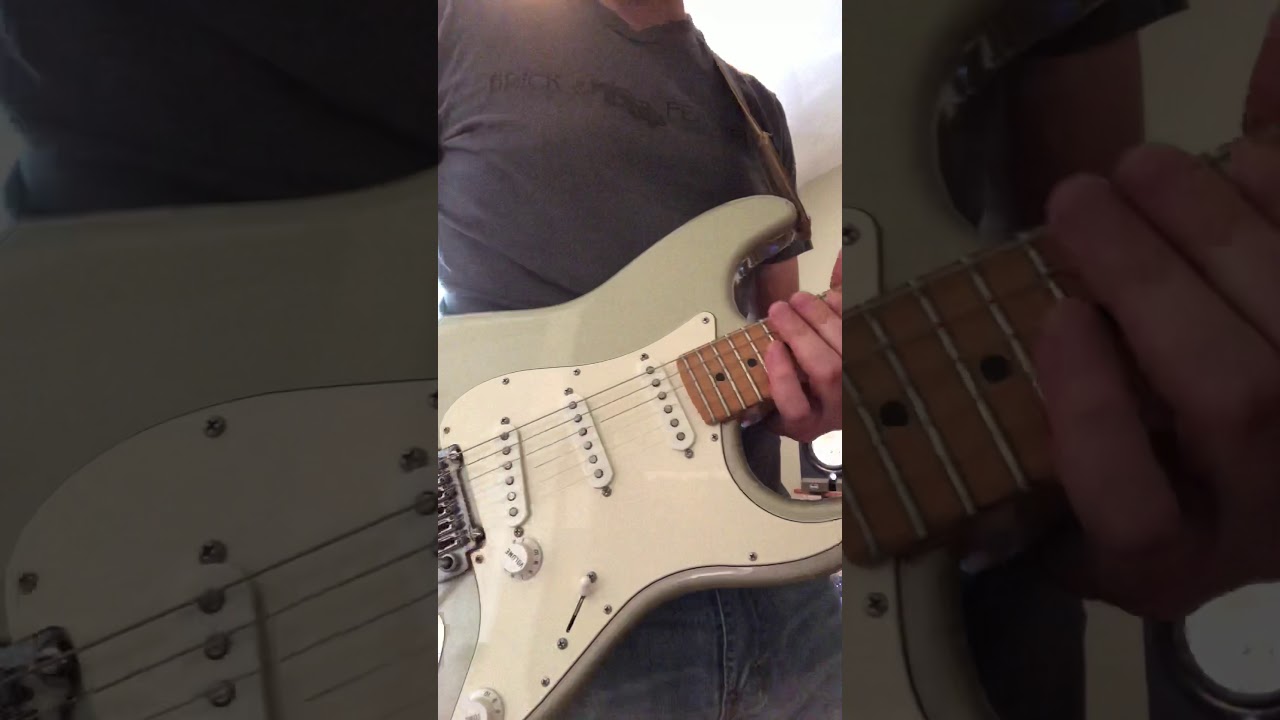I’ll continue to update this as I work through it, but while watching the Crossroads diminished 4s video and trying something, I noticed there were specific DSX runs that, despite having a picking technique that tends towards escaped upstrokes, I was having trouble with, specifically I kept seeming to miss notes a lot on the B and E strings, like the pick would just miss the string.
So, I shot some raw footage - this is sloppy, I promise it was cleaner before I mounted one of those wrap-around-things mini tripods to my guitar’s upper horn to shoot some video. 
I THINK I can see what the problem here is - my picking stroke isn’t actually strictly escaped downstrokes, and in places it’s arcing into a two-way escaped motion. No biggie… except, it seems it’s also not consistently escaping with upstrokes - specifically towards the high E string it seems like a lot of the time I’m moving towards escaped upstrokes and burying the pick below the string as I pick through the high E, down towards the pickguard. That’s where it feels like, at tempo, this is starting to fall apart for me. It’s also not perfectly clean - 0:26-27, for example, I’m pretty clearly catching the B string as I come off the G.
So, something that I thought I had a pretty good understanding of what I thought my picking hand was doing, I’m seeing it hasn’t actually been all that consistent at even moderate tempos here.
I’m thinking the best way to address this is to really focus on burying the upstrokes, paradoxically, and play with really conscious rest stokes on upstrokes in this pattern for a while, to try to stop my hand from trying to esape every which way it wants. I’ll spend a week or two working on that and reshoot some video and see what it looks like,






